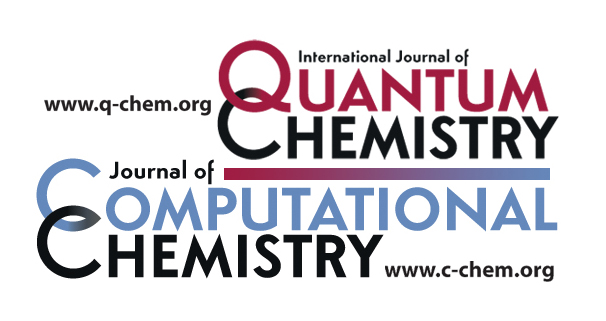MW-MSSC2017
The Minnesota Chemical Theory Center and the Theoretical Chemistry Group of the Torino University are organizing a new edition of the MSSC School series on the ab initio simulation of solids, entitled "The Minnesota Workshop on ab initio Modelling in Solid State Chemistry with CRYSTAL".
Ab initio modeling has become of ever-increasing interest in solid state chemistry, physics, and materials science. Software for the quantum-mechanical study of a large variety of solid properties (structural, electronic, spectroscopic, thermodynamic, optical, elastic, piezoelectric, etc.) is now widely available to a rapidly growing community of specialists (theoretical and computational chemists and physicists), as well as non-specialists (materials scientists, crystallographers, geologists, solid state physicists and chemists, etc.)
The Minneapolis edition of the MSSC2017 School will provide the necessary formal background to understand the main theoretical methodologies and approximations underpinning modern ab initio solid state computational tools and it will also provide practical guidelines for the actual use of standard and advanced features of CRYSTAL.
The School will present the newest version of the program (CRYSTAL17, to be released in 2017) with all of its new features and capabilities (see below for more details).
General information
Registration
Registration will be open from January 2017 to May 3, 2017 extended to may 26, 2017.
Participation is restricted to 40 participants.
With a limited number of available slots, applications will be accepted on a first-come, first-served basis.
See the registration page.
Morning sessions and afternoon tutorials
The school will run from July 9-14.
The schedule will involve lectures in the morning, while afternoon sessions will be dedicated to practical tutorials.
Posters
Participants will have the opportunity to present a poster
on Wednesday, July 12th, in the afternoon.
- New! - Poster prizes for the best posters will be awarded during the school - offered by Wiley, Int. Journal of Quantum Chemistry

Social events
A get-together event will open the workshop on Sunday, July 9th in the late afternoon.
On Thursday evening, a dinner event will be scheduled (location yet to be determined).
Introducing CRYSTAL17
CRYSTAL is a general-purpose program for the ab initio study of solids and, more generally, of systems of any periodicity: from 0D clusters, molecules, and nanoparticles, to 1D polymers, nanotubes, and helices, to 2D slabs, surfaces, and monolayers, to 3D bulk crystals. Defective and amorphous solids can also be treated at equivalent levels of accuracy. The program adopts Gaussian-type-functions for a basis set and can perform calculations with both all-electron and pseudo-potential bases.
Many different density functionals can be used, including LDA, GGA, meta-GGA and hybrid functionals. Of special note, hybrid functionals (global or range-separated) are treated especially effectively compared to plane-wave programs by taking advantage of an efficient implementation of periodic Hartree-Fock exact exchange.
The program can be executed in three modes: serial mode, parallel mode (with a replicated-data strategy), and massively-parallel mode (with a distributed-data strategy). The parallel version of the program can routinely run on up to 64-128 CPUs and is best suited for systems exhibiting some residual symmetry and having a relatively dense sampling of reciprocal space. The massively-parallel version can routinely run over thousands of processors (some benchmark calculations have been successfully run on 32000 CPUs) and is best suited for low-symmetry systems with very large unit cells.
Standard features of the program include (but are not limited to) full and constrained geometry optimizations, electronic band structure, vibrational, IR and Raman spectroscopic properties, thermodynamic functions, equations-of-state, dielectric and (linear and non-linear) optical properties, elasticity, piezoelectricity, photoelasticity, tools for studying disordered systems, Bader's topological analysis, X-ray structure factors, Compton profiles, transition-state search algorithms, etc.
New features of the CRYSTAL17 version will include Grimme's -D3 automated correction to DFT for weak dispersive interactions, the gCP scheme for the automated geometrical counterpoise-correction of BSSE, an automated implementation of the quasi-harmonic approximation for computing thermal (structural, average elastic and thermodynamic) properties of solids, dynamical (electric-field frequency dependent) first-hyperpolarizabilities for second-harmonic generation (SHG) and Pockels effect predictions, a DIIS accelerator for SCF and CPHF/KS procedures, inelastic neutron scattering (INS) spectra, X-ray diffraction (XRD) spectra, pressure-dependence of elastic constants, piezo-optic tensors, analytical evaluation of the piezoelectric tensor, optimization-free evaluation of nuclear-relaxation contributions to elastic and piezoelectric constants, use of fractional charges and spins, 3D plotting of crystalline orbitals, Hirshfeld-I partitioning of the charge density, and other features.